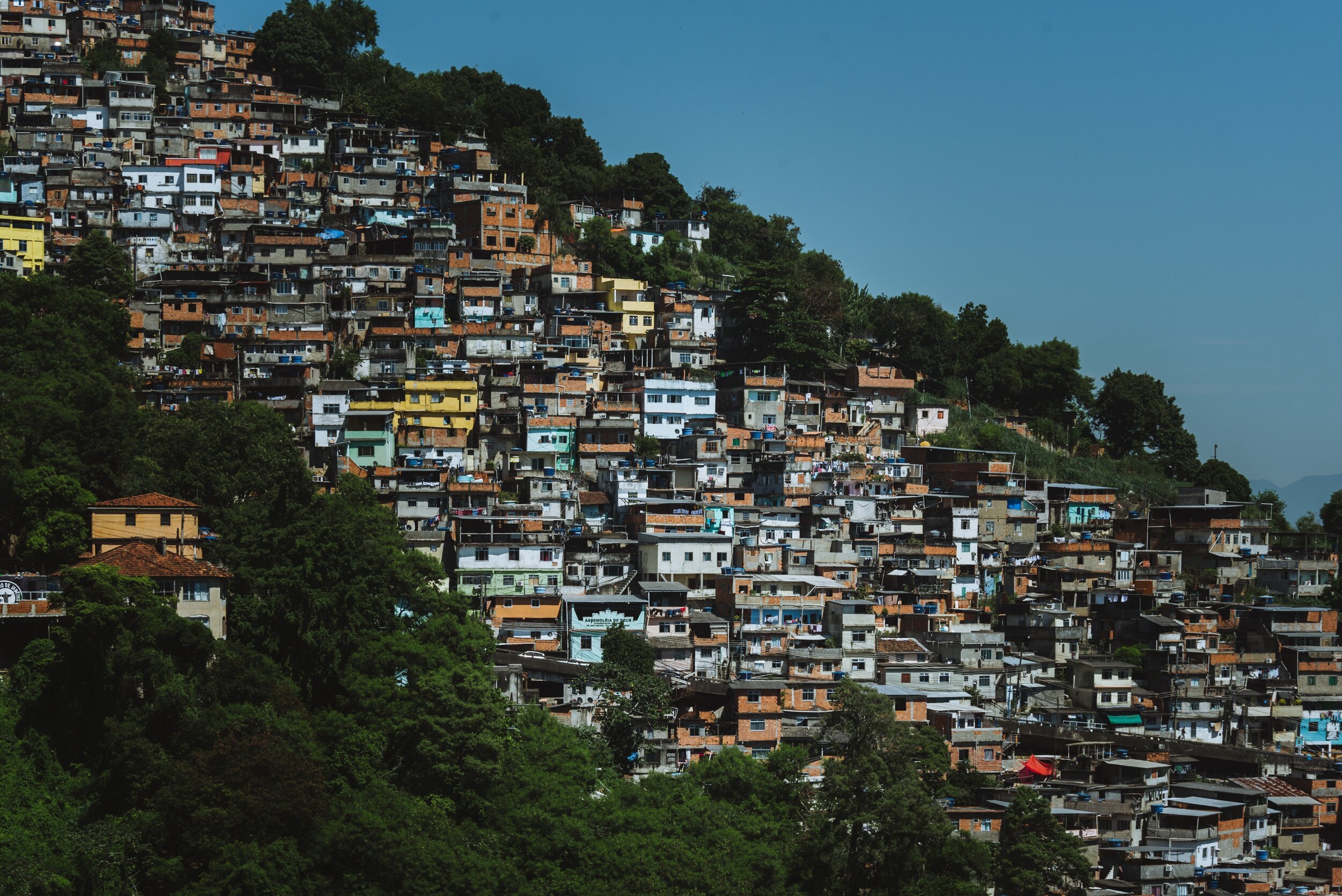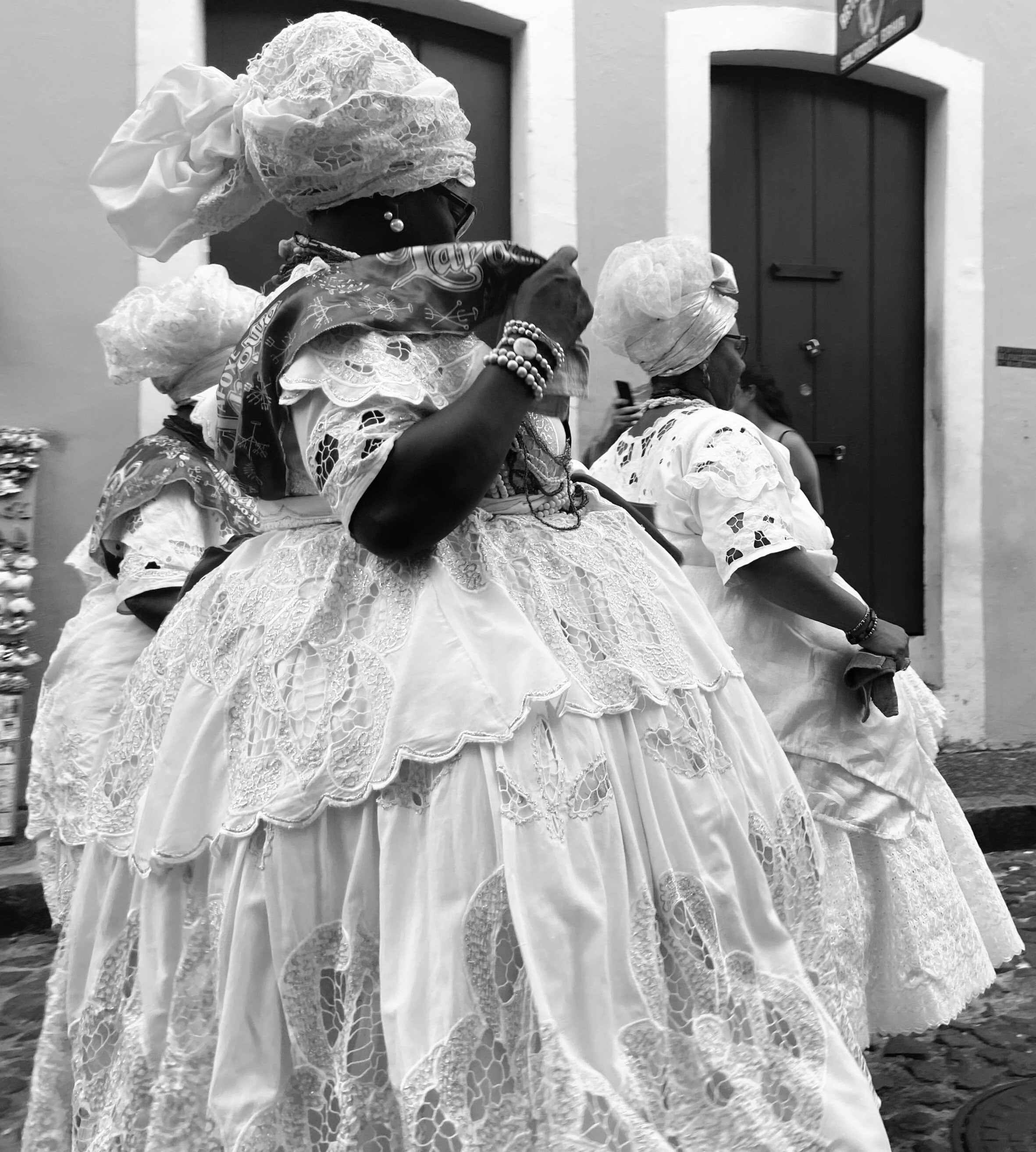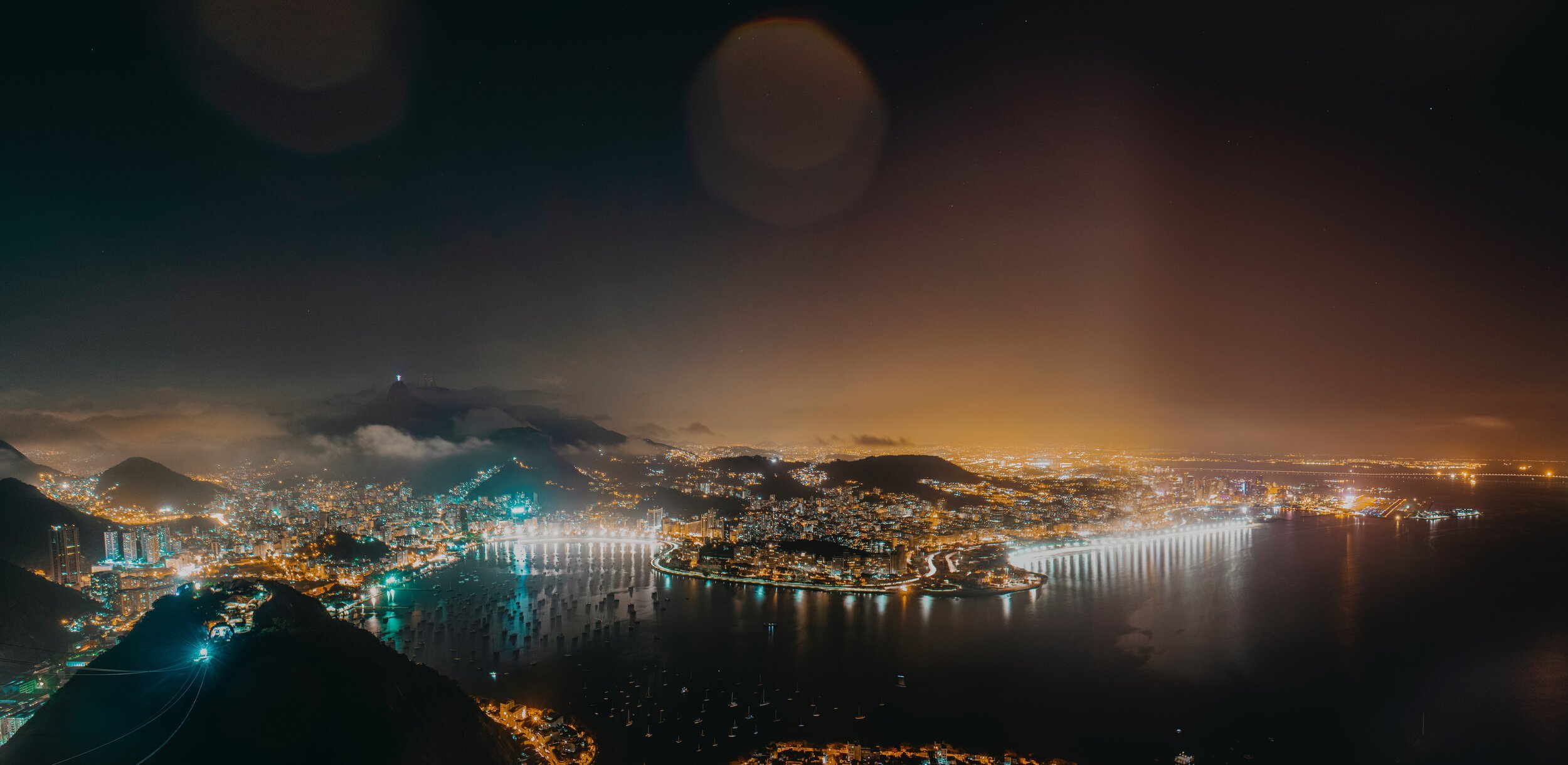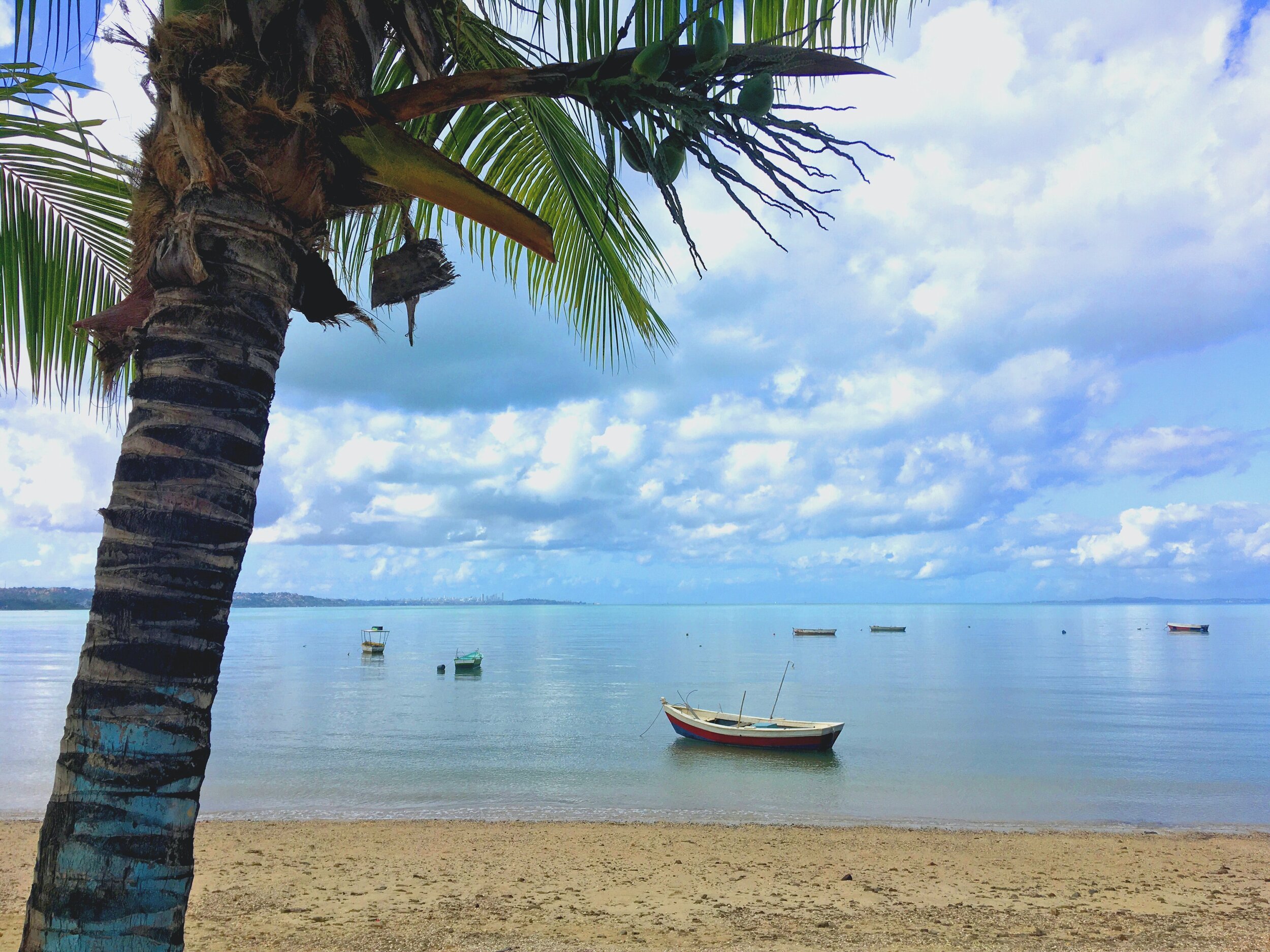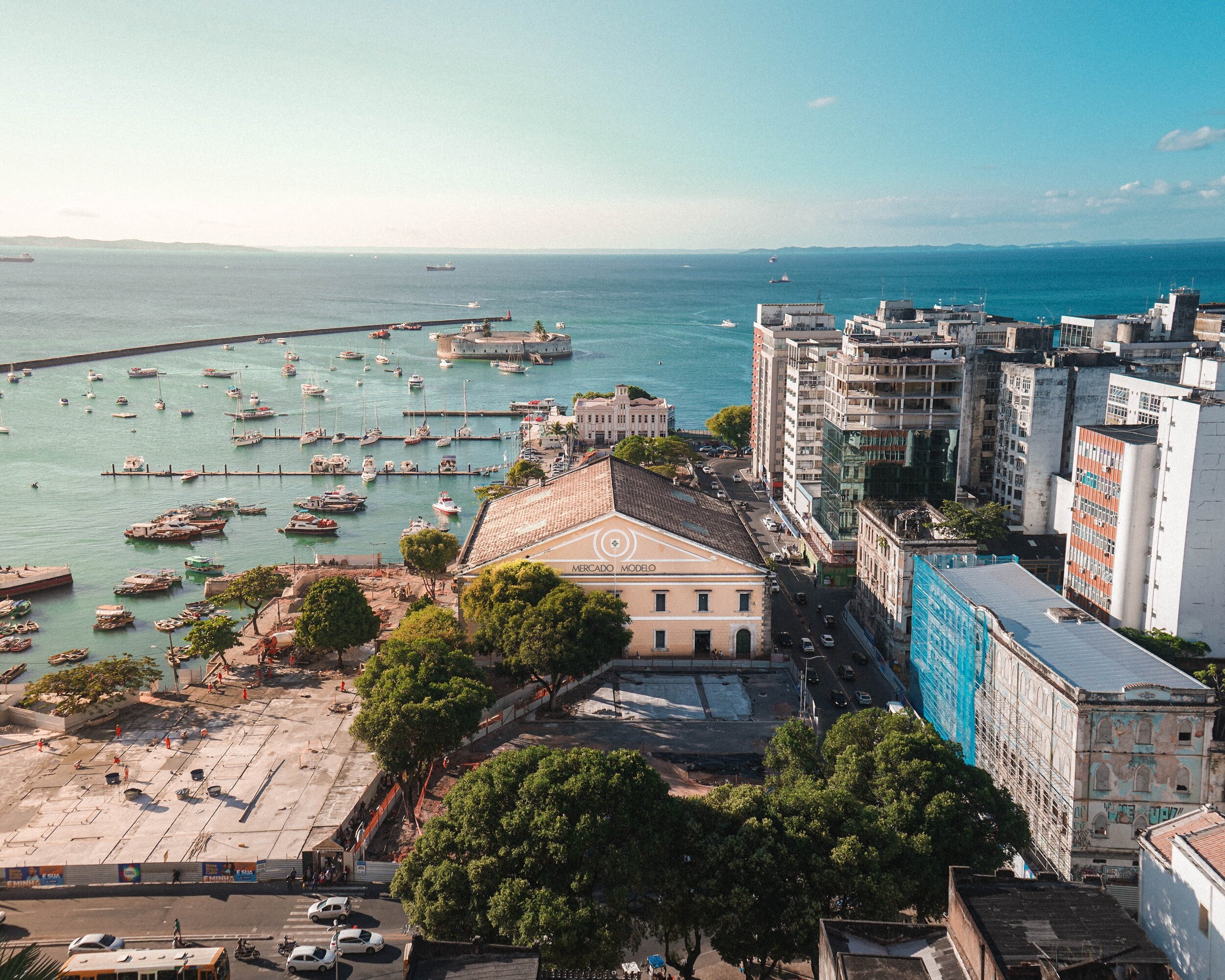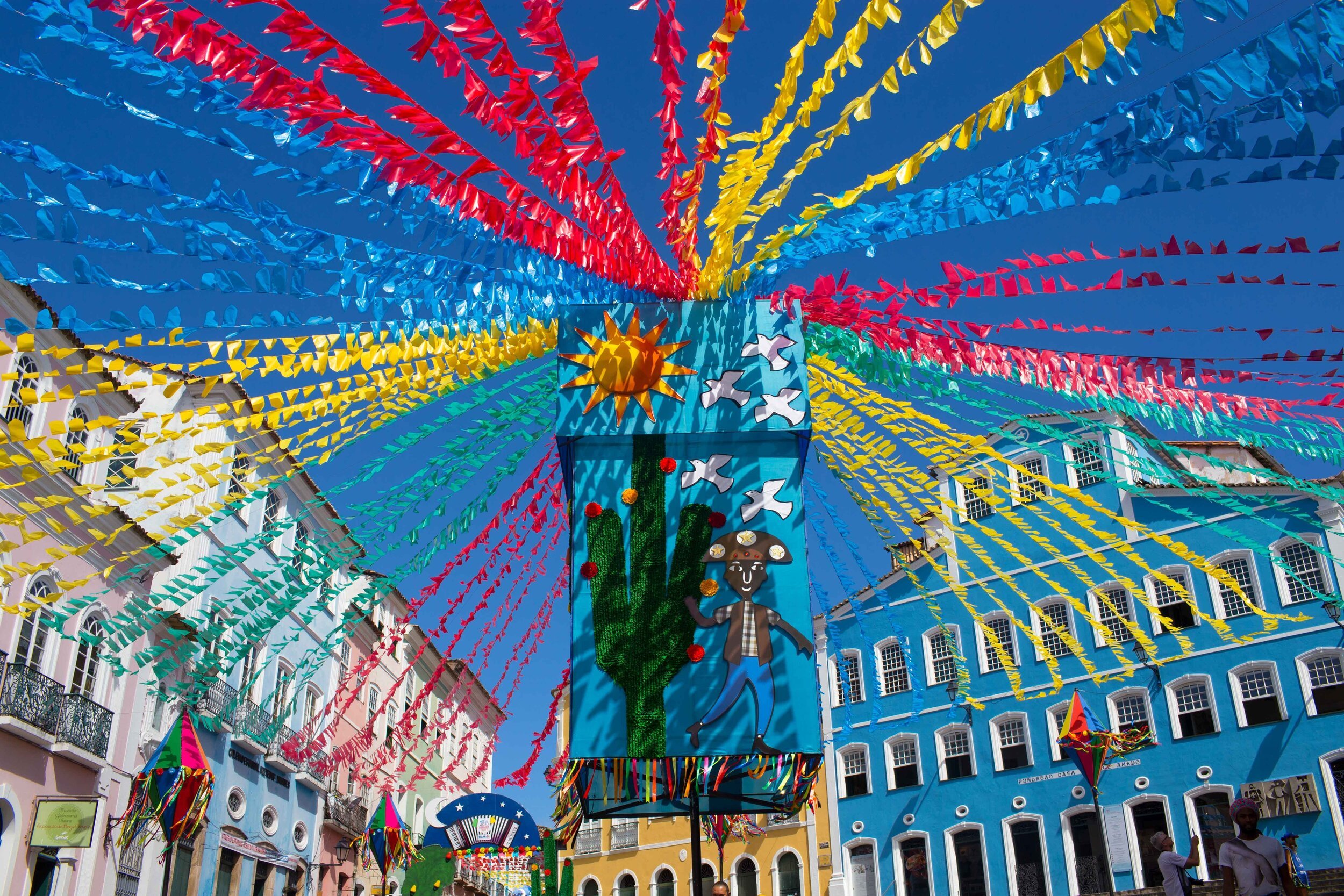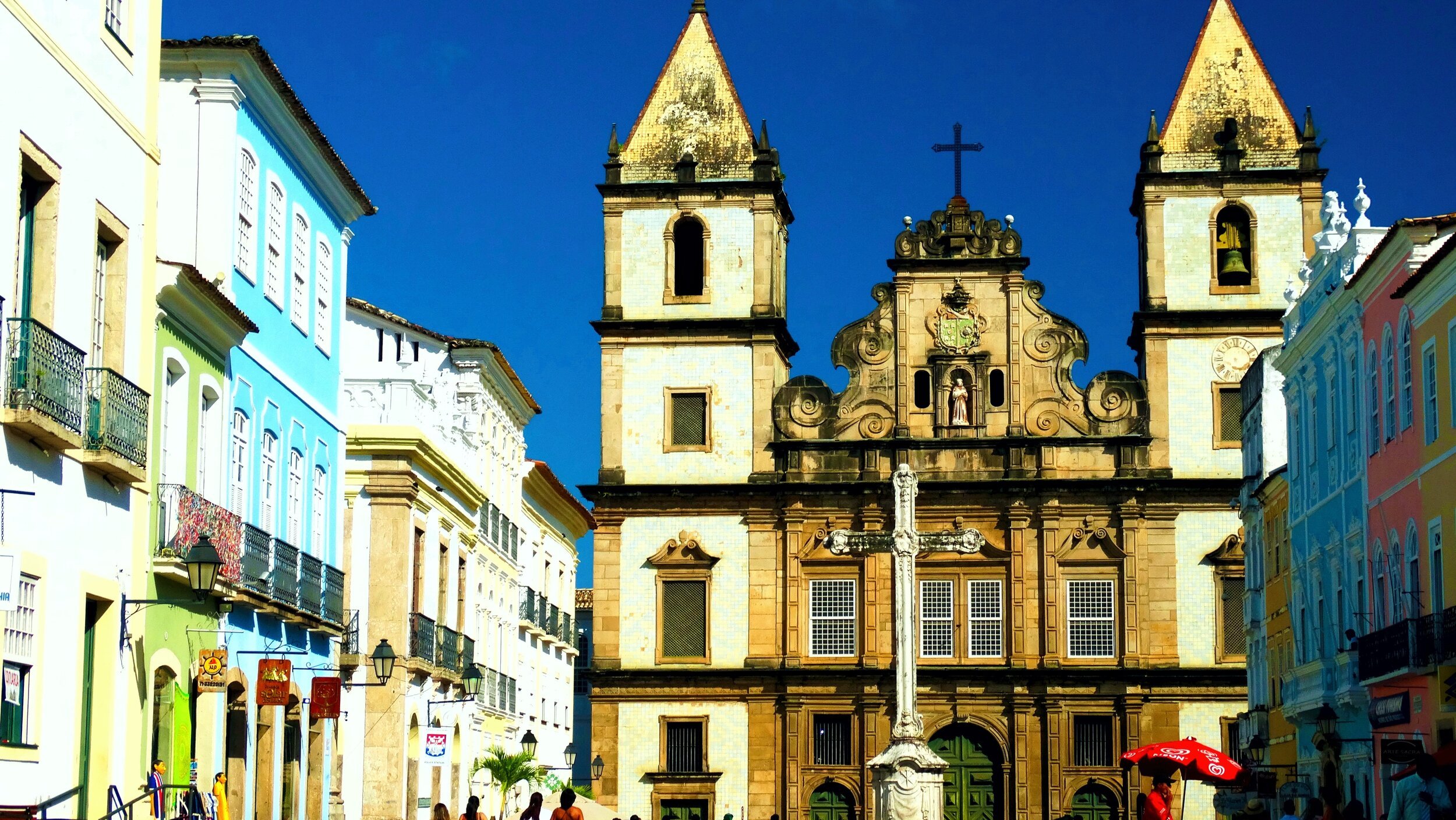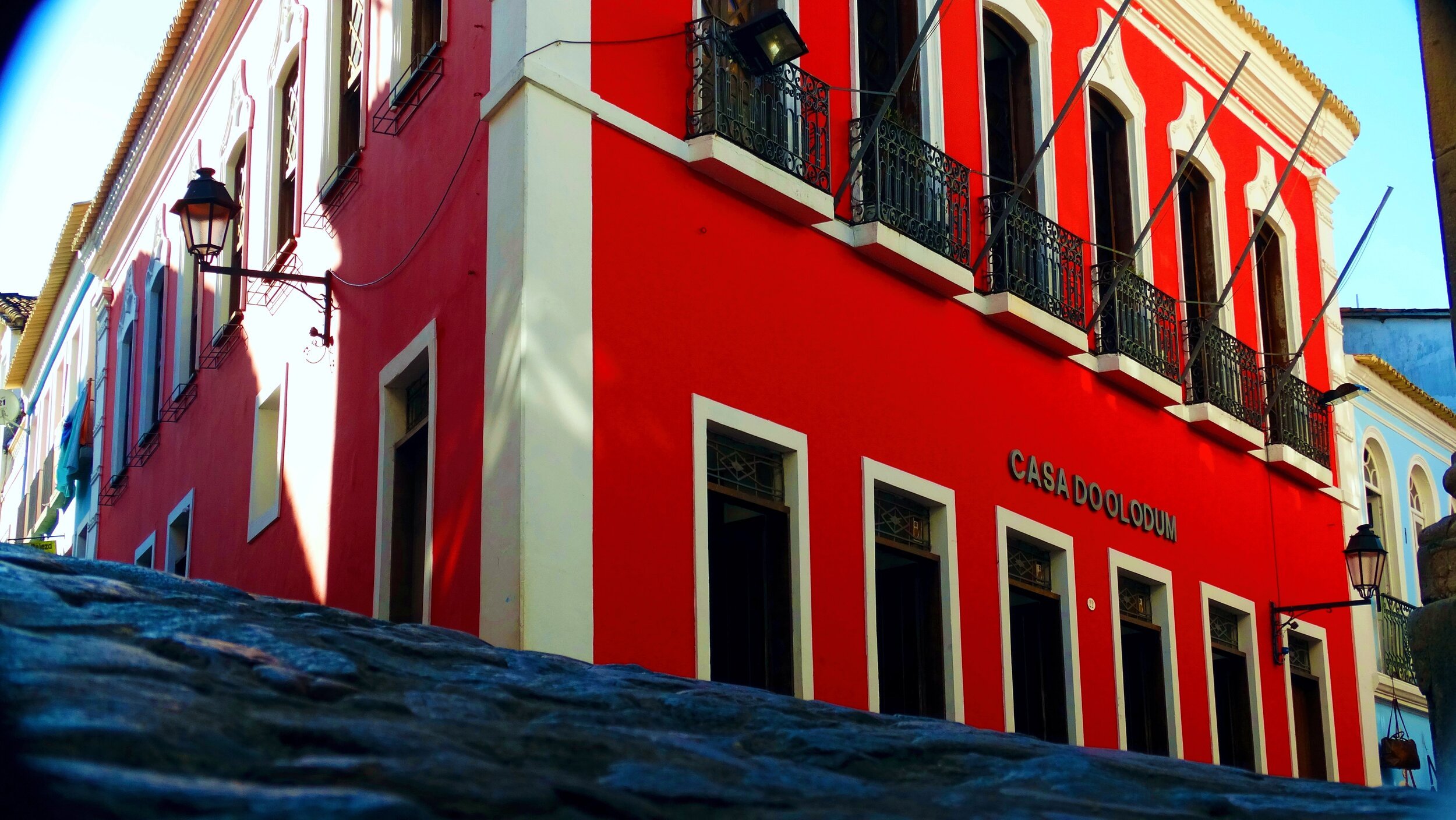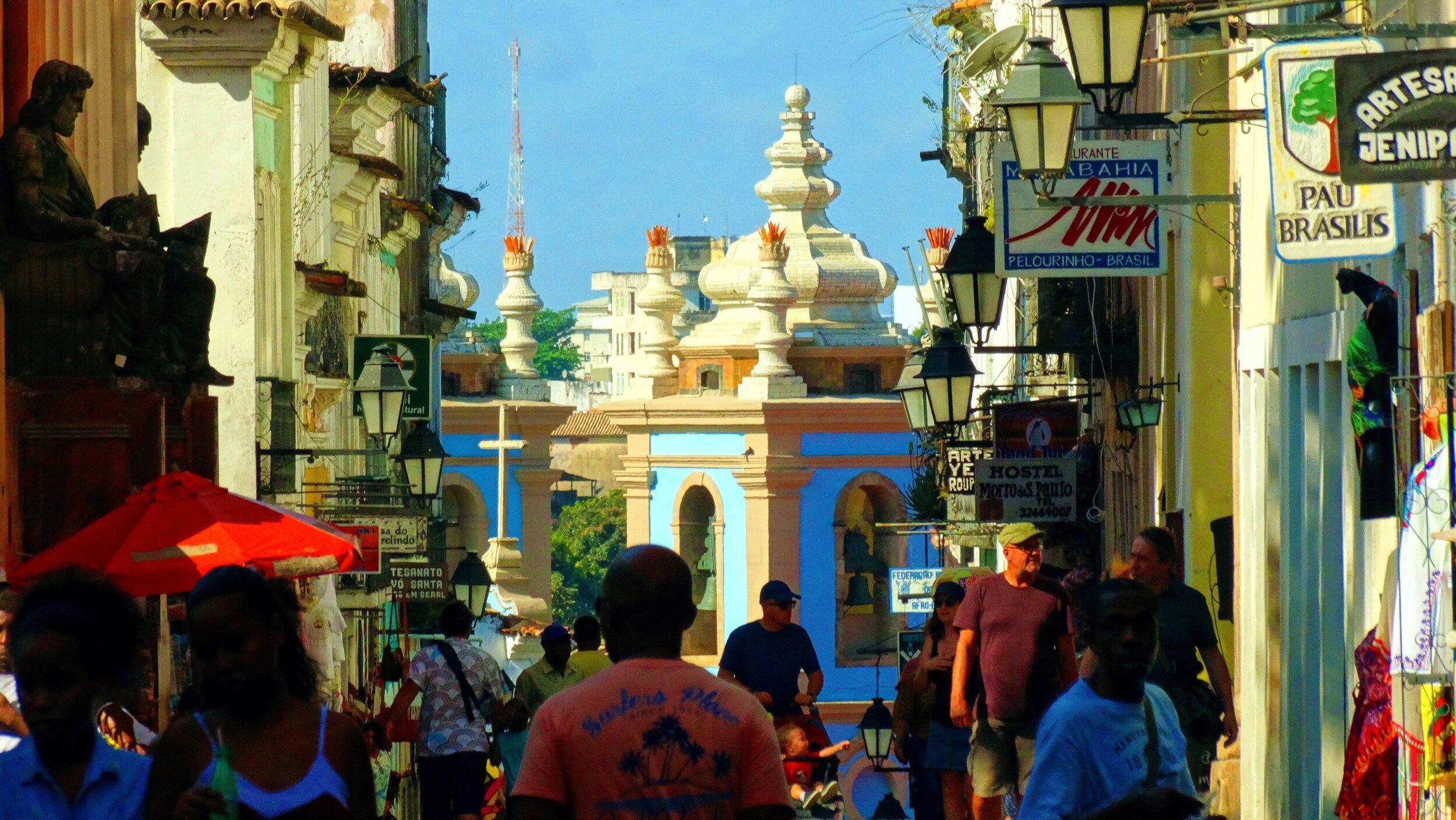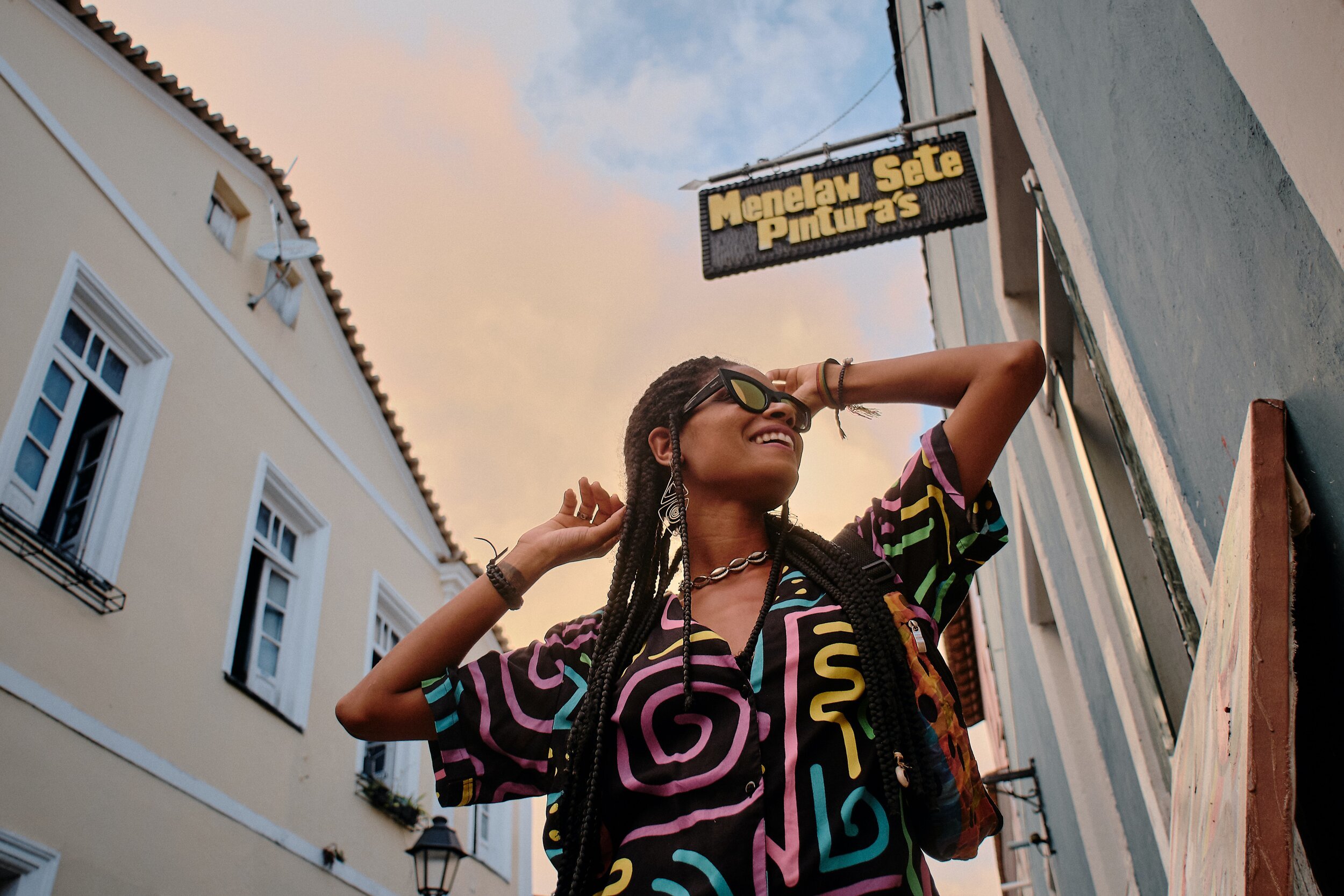Brazil’s Hidden Gems: A Story Untold
The Christo Redentor statue, in the clouds on Corcovado.
Standing atop Sugarloaf Mountain blesses tourists with astonishingly high views of Guanabara Bay. The mountains in the distance emerge like pillars rising out from the water and pierce the endlessly-vast South American sky. The renowned Christo Redentor (Christ The Redeemer) statue, can be seen standing aloft Corcovado. This hump-backed mountain is where tourists annually flock to gather at the feet of His open-arm pose stretching out to guide and protect Brazil’s crowning jewel, Rio de Janeiro.
Rio de Janeiro’s vibrancy and deep traditions are steeped in a long, rich history. It’s home to one of the most diverse civilian populations in the world. One glance at the spectrum of melanin seen on the beaches of Ipanema and Copacabana introduce many tourists to the racial blend that started with the Portuguese colonists and the indigenous peoples already there before they arrived. Yet, when speaking about Brazil’s ‘new world’ origins, the African roots--carried over in bondage--of this centuries-long story can never be overlooked or understated.
There’s no way around Brazil’s role in the horrific Trans-Atlantic Slave Trade. It stretches back to the late 1500s when explorer Pedro Álvares Cabral ‘discovered’ the land in the name of The Kingdom of Portugal. It’s estimated that over half of all individuals who arrived during that time to the Brazillian colonies were enslaved. Soon, a new ethnic group quickly emerged from these atrocities. The dominating racial identity in Brazil became a race of people colonists disrespectfully labeled as ‘mulatto’. This, in effect, was a product of Portuguese slave masters ‘mixing’ with the Africans adjusting to a new society being built by their hands. As a result, today 50% of the population in Brazil classify themselves as ‘mixed-race’. The one color that can be seen in Brazil that directly traces many of its citizens back to Africa’s sun-swept west coast is all white.
The Candomble, a facet of the Nigerian-originated Yoruba religion, consists of black women who serve the favela-stacked neighborhoods and waterside locales of Rio de Janeiro. Known as baianas, their religious garb is a cloud white dress with a matching headwrap. They maintain a level of well-being for Brazillian people in need through direct outreach. The order believes in spirits called Orishas who embody aspects of life and nature. The Candomble is a key part of Afro-Brazillian culture. Its heavy reliance on the oral-tradition of the beliefs and African customs allows believers to uphold this scripture-less religion. The order can be seen in great numbers throughout Rio de Janeiro. Salvador--a city in the northeastern state of Bahia--is also an area where the Condemble serves its community with grace and compassion.
Salvador, from above.
Salvador is historically-pristine and welcomes tourists to its beaches and city-life that creates a lively aura in all parts of town. The fishing city located by Baia de Santos (Bay of all Saints) yields great catches of seafood daily. Some of Brazil’s finest and most signature dishes like the shrimp-based moqueca and vatapa are native to Salvador. Its night-life is also something to be excited about as Pelourinho, the sloping cobble-stoned district, offers fine dining, music-filled bars and plenty of shops and a one-of-a-kind history to be explored.
In the late 1500s, the Portuguese also landed in Salvador and made Pelourinho one of the many places where Africans were purchased and traded into the then-booming enterprise of slavery. to work on the sugar plantations under an unrelenting sun alongside those peoples indigenous to the land. Zumbi dos Palmares, a warrior of Congolese descent, escaped to jungles captivity and led the resistance against the state keeping them from being free. Brazil’s abolishment of slavery in 1888 ended nearly 300 years of the practice. The pastel-colored buildings from the nation’s colonial dawn architecturally embody the renaissance age keep its insoluble history at the forefront as the descendants of these ancestors step into tomorrow with a story to tell.






